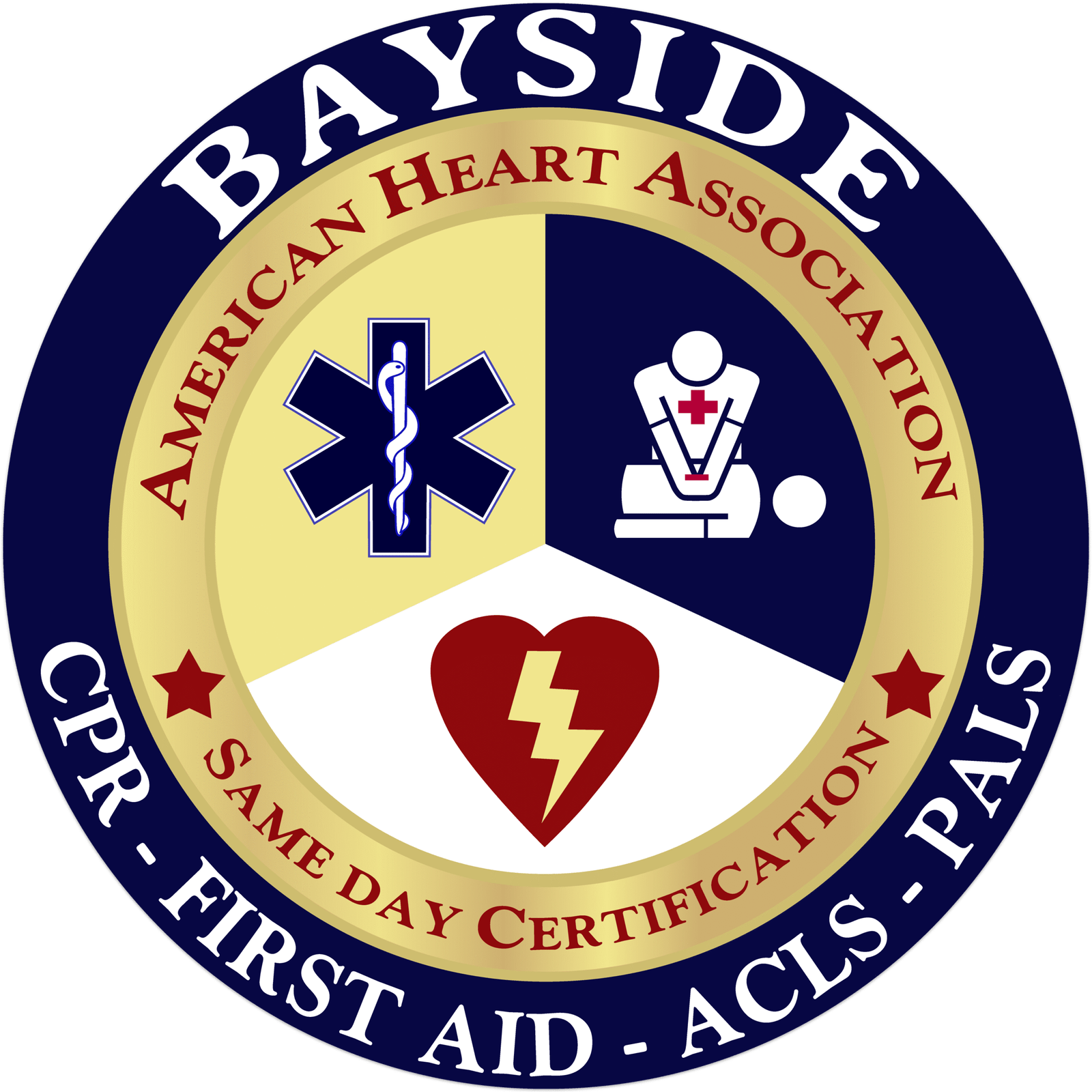Home » PALS Practice Test
Please select atleast one answer!
Please select atleast one answer!
Please select atleast one answer!
Please select atleast one answer!
Please select atleast one answer!
Please select atleast one answer!
Please select atleast one answer!
Please select atleast one answer!
Please select atleast one answer!
Please select atleast one answer!
Please select atleast one answer!
Please select atleast one answer!
Please select atleast one answer!
Please select atleast one answer!
Please select atleast one answer!
Please select atleast one answer!
Please select atleast one answer!
Please select atleast one answer!
Please select atleast one answer!
Please select atleast one answer!
Please select atleast one answer!
Please select atleast one answer!
Please select atleast one answer!
